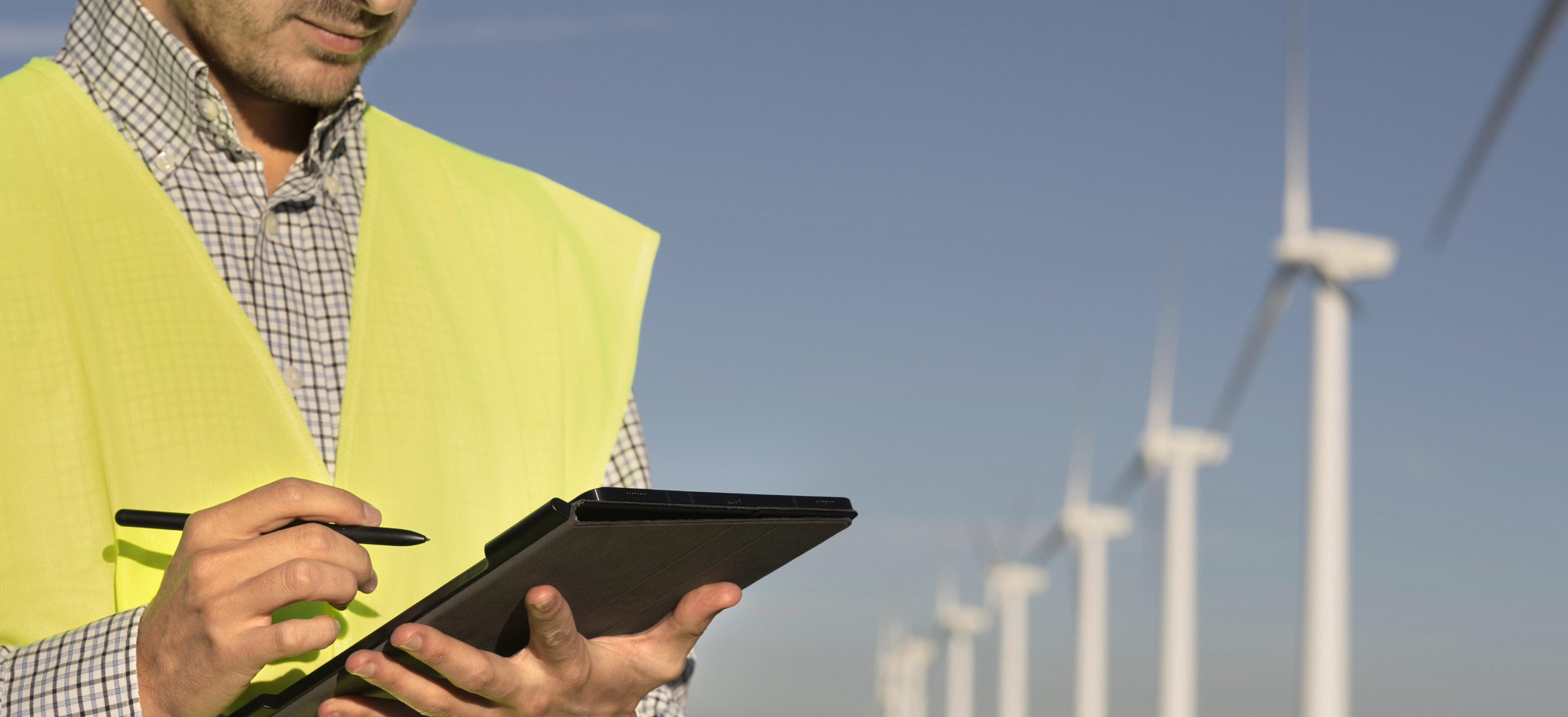Lima, DECEMBER 13 2023 Study Shows Achieving Total Decarbonization of the Peruvian Energy Matrix by 2050 is Feasible

The Head of Power Systems at Southern Peru analyzed three possible scenarios through the LEAP program and gave important recommendations to achieve an optimal transition to renewable energy by 2050.
Rolando Jesús, Head of Power Systems at Southern Peru Copper Corporation, led the study of different scenarios for the integration of renewable energy systems through the Long-range Energy Alternatives Planning System (LEAP) program. He confirmed the possibility for Peru to decarbonize its energy matrix by the year 2050.
“The LEAP simulations confirm that a sustainable energy transition in the country and in the mining sector is feasible while maintaining competitive economic growth," he stated after presenting the results of his study, which won the "Mining Economy" category at the Technology, Innovation, and Sustainability Forum (TIS Forum) at PERUMIN 36.
At the Mining Encounter, organized by the Peruvian Institute of Mining Engineers (IIMP), he explained that the study was conducted based on three scenarios: The Business As Usual (BAU) scenario, which analyzes the continuity of existing events and policy decisions; the Paris 2°C (P2C) scenario, which aims to meet the Paris Agreement; and the TARGET (TGT) scenario, which aims for total decarbonization.
“The developed simulations show that the energy projection for the year 2050, in the BAU scenario, would require 140% more electrical energy than in 2020, reaching 121,000 GWh. In the P2C scenario, the increase in energy demand would be 90% higher, reaching 97,200 GWh. Whereas in the Target - Total Decarbonization scenario, we would need only 35% more energy, reaching 67,200 GWh, this without giving up the growth of all productive sectors, that is, consuming less and producing more, without harming the environment," he emphasized.
Regarding energy production, he highlighted that in the optimistic Target scenario for 2050, a 160% increase in the current generation capacity would be needed, reaching 33,000 MW. In terms of generation sources, energy production would require 40% hydropower, 30% solar, and another 30% wind energy, which means electrical energy would be 100% renewable.
By sector, in the Target scenario, the industry and transport sector would consume more than 50% of the electricity by 2050, while the mining sector would have a 22% share—keep in mind that it had a 17% share of the electricity consumption in 2020," he noted.
How to achieve the TGT scenario by 2050?
Rolando Jesús emphasized that Peru has great potential to achieve energy transition due to its natural energy resources (hydropower, wind, solar, and geothermal), which together total a renewable resource potential of over 108,000 MW; however, currently, only 5,700 MW (5.3%) is utilized.
To achieve an optimal energy transition, he considered it necessary to establish foundations. For example, he said that the "Open Access" criterion in electrical systems should be eliminated for private company assets; it should only apply to assets granted by the State to strengthen the networks.
Similarly, he suggested removing of the generation cap for auto-producers of 5% of system demand to encourage self-investment in renewable energy by all actors in the sector. He also proposed redirecting current subsidies for fossil fuels to promote the transformation of the energy matrix based on renewable resources.
On the technical side, he emphasized the urgency of conducting complementary electrical studies to implement control measures for the intermittency of renewable generation by wind and solar power plants, energy storage, limited short-circuit contributions and reactive power, so as not to affect the quality and safety of the electrical system.
"Likewise, energy dispatch must be redefined in the COES. Currently, the objective is to optimize the safety and quality of energy, but the externalities related to the environment that arise when we generate energy must also be included," he added.







